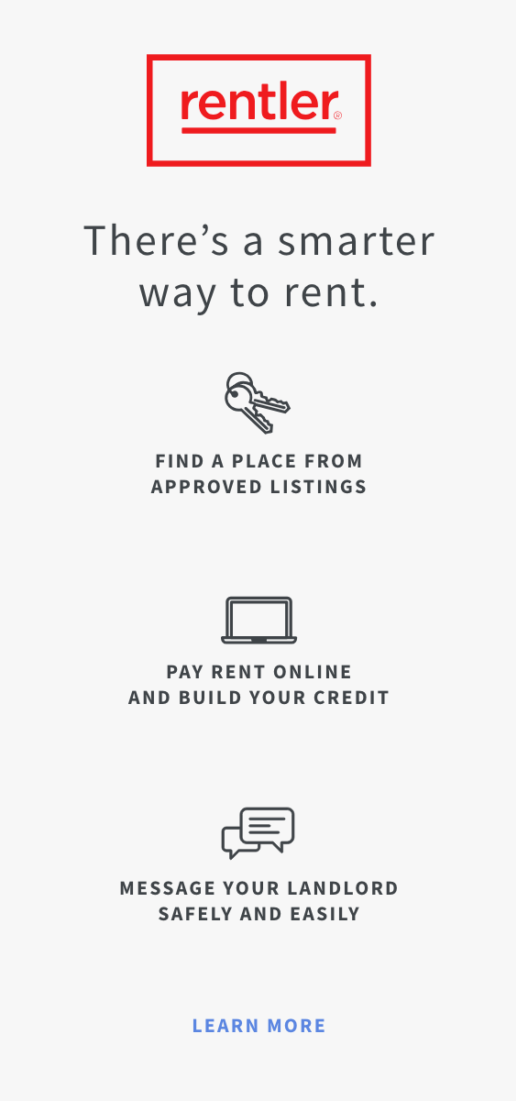Are you a landlord or property manager constantly overwhelmed by tenant maintenance requests? If you’re nodding in agreement, we understand your plight. As a fellow property manager, managing maintenance requests is an important part of our work, and doing so efficiently can save us considerable time and money.
Here are the four simple steps we’ll be exploring:
- Implement a Maintenance Tracking System
- Prioritize and Categorize Maintenance Requests
- Respond and Communicate with Tenants
- Budget and Track Maintenance Expenses
Ready to transform your maintenance management process? Let’s dive in.
Step 1: Implement a Maintenance Tracking System
One of the keys to knowing how to handle maintenance requests as a landlord is the effective use of a maintenance tracking system. This is a vital tool that provides an organized structure for handling all the incoming maintenance requests from your tenants.
Benefits of Using a Maintenance Tracking System
A maintenance tracking system provides several benefits:
- Efficiency: It allows you to track and review all requests in real-time, ensuring you’re always up to date with the status of each request.
- Organization: It helps you systematically manage your requests, categorizing them based on urgency and priority levels.
- Communication: It keeps the lines of communication open between you and your tenants, providing updates on the progress of their requests.
- Documentation: It records all transactions, which can prove invaluable for future reference, budgeting, or legal purposes.
How Rentler Can Streamline Maintenance Requests
Our software allows you to create a standardized request-tracking system. This system enables you to keep track of all the requests, review them, and update their status as needed. Tenants can easily submit their requests, and you can respond promptly, keeping the communication clear and efficient.
Step 2: Prioritize and Categorize Maintenance Requests
Understanding the Hierarchy of Maintenance Requests
As a landlord, one of the key aspects of how to handle maintenance requests is understanding the hierarchy of maintenance requests. When you receive a maintenance request from a tenant, it’s important to assess its level of urgency. Most maintenance requests can be categorized into levels of priority such as emergency, high priority, medium priority, low priority, and regularly scheduled maintenance.
To help you understand this hierarchy, let’s break it down. Emergency requests are situations that pose a direct threat to the safety and well-being of your tenants and should be addressed immediately. High-priority tasks are maintenance issues that will directly affect operations soon. Medium-priority requests are those that might not require immediate attention but should be addressed soon to prevent further complications. Low-priority tasks usually involve minor repairs or improvements that won’t disrupt the tenant’s daily activities. Regularly scheduled maintenance includes tasks that are part of your ongoing property care, such as yearly inspections or seasonal cleaning.
How to Determine the Priority Level of a Request
Determining the priority level of a request is essential to ensure that you’re addressing issues in a timely and efficient manner. While some requests are obviously urgent (like a burst pipe or a broken heating system in the middle of winter), others might require a bit of judgment.
For instance, a dripping faucet might seem like a low-priority issue, but if left unattended, it could lead to higher water bills or even water damage. So, it’s important to consider the potential consequences of delaying a repair when prioritizing requests.
When you’re unsure about the severity of a request, communication is key. Don’t hesitate to ask your tenants for more details or clarification. It will help you make a more informed decision and show your tenants that you take their concerns seriously.
Step 3: Respond and Communicate with Tenants
Importance of Timely Response to Maintenance Requests
Responding promptly to a maintenance request is crucial in managing a rental property. A quick response not only shows your commitment to providing a safe and comfortable living environment but also helps maintain a positive tenant-landlord relationship.
Best Practices for Communicating with Tenants about Maintenance Issues
Effective communication is the key to successfully handling maintenance requests. Here are some guidelines for communicating with your tenants about these issues:
- Acknowledge the request: Let your tenant know that you have received their maintenance request. This can be as simple as a quick text or phone call. This initial response can ease any anxiety they may have about the situation.
- Provide updates: Keep your tenants informed about the status of their request. Let them know when the repair is scheduled and who will be doing it. If there are delays or changes, communicate this as well.
- Explain the repair: Once the repair is done, inform your tenants about what was fixed and if there’s anything they need to know about the repair moving forward. This transparency can help build trust with your tenants.
- Use a system for communication: Having a centralized system for communication can make this process smoother.
Step 4: Budget and Track Maintenance Expenses
One of the most crucial aspects of handling maintenance requests is having a well-thought-out budget and a system for tracking expenses.
How to Budget for Rental Property Maintenance
The first step in budgeting for rental property maintenance is to understand that repair requests are not an ‘if’, but a ‘when’. Having a clear estimate of how much you’re likely to spend on maintenance can help you be financially prepared. A common rule of thumb is to reserve 1% of your rental property’s purchase price for maintenance repairs annually.
This budget should cover both routine and unexpected maintenance. Regular maintenance like servicing the heating system, repainting, or landscaping are predictable expenses you can plan for. However, unexpected repairs like a broken water heater or a leaky roof can happen at any time. Having a budget expressly for repairs can help you resolve these issues faster without straining your finances.
Handling High Priority Maintenance Requests
As a landlord, you’ll inevitably face various types of maintenance requests. Understanding how to handle maintenance requests as a landlord, particularly high-priority ones, is crucial for maintaining the safety and satisfaction of your tenants.
What Constitutes a High-Priority Maintenance Request
High-priority maintenance requests typically involve issues that directly affect the habitability of the property or pose a risk to the tenant’s safety. These might include leaking roofs or pipes, a bedbug infestation, power loss, or most broken in-unit appliances. For instance, a burst pipe suddenly flooding a kitchen is a high-priority issue as it compromises the habitability of your tenants and could result in thousands of dollars in damage if not resolved immediately.
Legal Consequences of Not Addressing High-Priority Maintenance Requests
Ignoring high-priority maintenance requests can have severe legal implications. Landlords are legally required to provide a safe and habitable living environment for their tenants. Failing to address high-priority maintenance requests could lead to violations of local housing codes, potential lawsuits from tenants, and significant financial liabilities.
In addition, neglecting these high-priority maintenance requests may result in further damage to the property, undermining its long-term investment value. By promptly addressing these high-priority requests, you not only fulfill your legal obligations but also protect your investment and ensure tenant satisfaction.
Regular Maintenance and Inspections
Keeping your rental property in top condition is not just about reacting to problems when they occur. It’s about being proactive with regular maintenance and inspections. This approach is vital for several reasons.
Importance of Regular Maintenance and Inspections
Firstly, regular maintenance can help you catch potential problems before they get worse and more expensive to fix. This proactive approach can save you money in the long run. Secondly, it demonstrates to your tenants that you care about the property and their living conditions. This can lead to happier tenants who are more likely to renew their lease. Lastly, regular inspections can help ensure that your property is in compliance with local and state laws, helping you avoid potential legal issues.
How Regular Maintenance Can Prevent Emergent Requests and Reduce Costs
A well-maintained property is less likely to have emergent maintenance requests. Imagine a scenario where an overlooked leaking pipe eventually bursts, leading to a high-priority maintenance request. Regular inspections would have identified this issue early on, preventing damage and saving you the cost and stress of dealing with an emergency.
Moreover, regular maintenance can extend the lifespan of essential items in your property, such as HVAC systems, reducing replacement costs. It can also improve the energy efficiency of your property, leading to lower utility bills.
Conclusion
Being a landlord involves juggling various responsibilities, and one of the most challenging aspects can be handling maintenance requests. Let’s quickly recap the four easy steps we covered on how to handle maintenance requests as a landlord:
- Implement a Maintenance Tracking System: Utilizing a digital system not only standardizes the process but also ensures all pertinent information related to the request is easily accessible.
- Prioritize and Categorize Maintenance Requests: Understanding the urgency and category of each request helps in allocating resources and time effectively.
- Respond and Communicate with Tenants: Prompt responses and clear communication with your tenants can enhance their satisfaction and trust in your management.
- Budget and Track Maintenance Expenses: Budgeting for both routine and unexpected maintenance costs and tracking these expenses can help maintain a healthy bottom line.
In conclusion, knowing how to handle maintenance requests as a landlord doesn’t have to be a headache. By following these four easy steps and utilizing the tools that Rentler provides, you can manage maintenance requests efficiently and keep your tenants satisfied.



